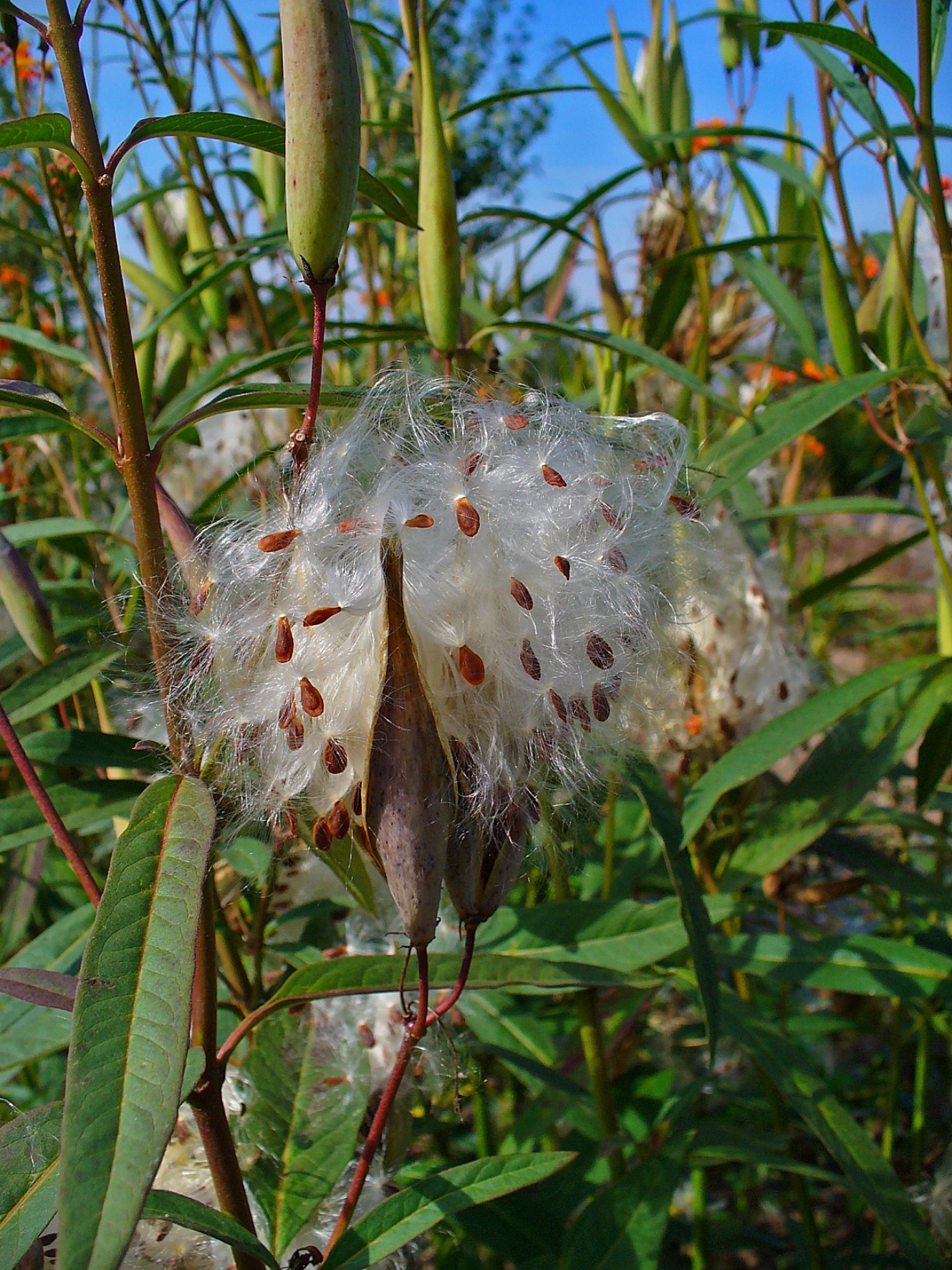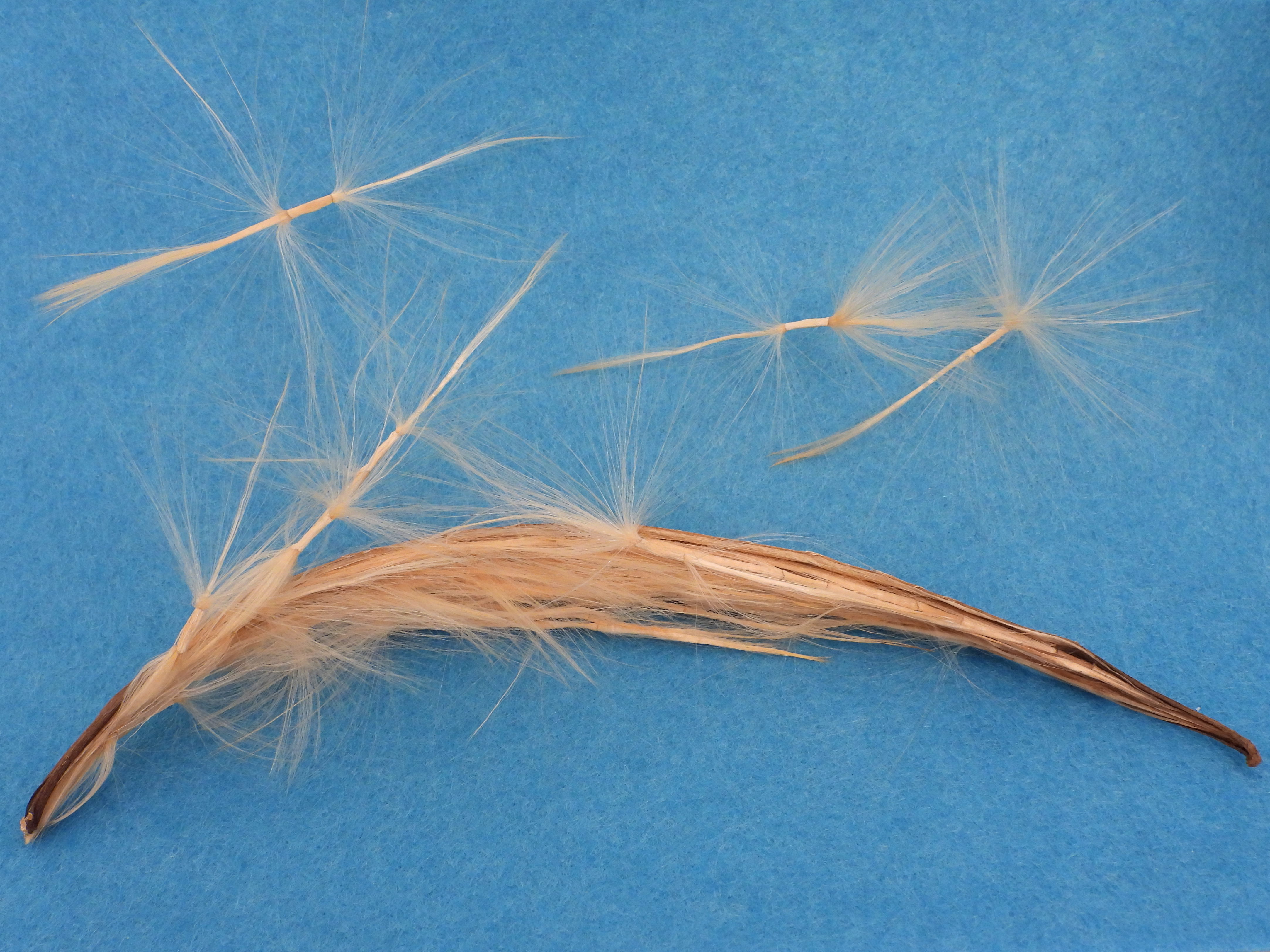Pappus (flower Structure) on:
[Wikipedia]
[Google]
[Amazon]




 In
In
Asteraceae morphology
*


 In
In Asteraceae
The family Asteraceae, alternatively Compositae, consists of over 32,000 known species of flowering plants in over 1,900 genera within the order Asterales. Commonly referred to as the aster, daisy, composite, or sunflower family, Compositae ...
, the pappus is the modified calyx
Calyx or calyce (plural "calyces"), from the Latin ''calix'' which itself comes from the Ancient Greek ''κάλυξ'' (''kálux'') meaning "husk" or "pod", may refer to:
Biology
* Calyx (anatomy), collective name for several cup-like structures ...
, the part of an individual floret, that surrounds the base of the corolla
Corolla may refer to:
*Corolla (botany), the petals of a flower, considered as a unit
*Toyota Corolla, an automobile model name
*Corolla (headgear)
A ''corolla'' is an ancient headdress in the form of a small circlet or crown.flower
A flower, sometimes known as a bloom or blossom, is the reproductive structure found in flowering plants (plants of the division Angiospermae). The biological function of a flower is to facilitate reproduction, usually by providing a mechanis ...
. It functions as a wind-dispersal mechanism for the seeds. The term is sometimes used for similar structures in other plant families e.g. in certain genera of the Apocynaceae
Apocynaceae (from '' Apocynum'', Greek for "dog-away") is a family of flowering plants that includes trees, shrubs, herbs, stem succulents, and vines, commonly known as the dogbane family, because some taxa were used as dog poison Members ...
, although the pappus in Apocynaceae is not derived from the calyx of the flower.
In Asteraceae, the pappus may be composed of bristles (sometimes feathery), awns, scales, or may be absent, and in some species, is too small to see without magnification. In genera such as '' Taraxacum'' or ''Eupatorium
''Eupatorium'' is a genus of flowering plants in the family Asteraceae, containing from 36 to 60 species depending on the classification system. Most are herbaceous perennials growing to tall. A few are shrubs. The genus is native to temper ...
'', feathery bristles of the pappus function as a "parachute" which enables the seed to be carried by the wind. The name derives from the Ancient Greek
Ancient Greek includes the forms of the Greek language used in ancient Greece and the ancient world from around 1500 BC to 300 BC. It is often roughly divided into the following periods: Mycenaean Greek (), Dark Ages (), the Archaic pe ...
word ''pappos'', Latin
Latin (, or , ) is a classical language belonging to the Italic languages, Italic branch of the Indo-European languages. Latin was originally a dialect spoken in the lower Tiber area (then known as Latium) around present-day Rome, but through ...
''pappus'', meaning "old man", so used for a plant (assumed to be an ''Erigeron
''Erigeron'' () is a large genus of plants in the family Asteraceae. It is closely related to the genus ''Aster'' and the true daisies in the genus ''Bellis''. The genus has a cosmopolitan distribution in dry, mountainous areas and grassland, wi ...
'' species) having bristles and also for the woolly, hairy seed of certain plants.
The pappus of the dandelion plays a vital role in the wind-aided dispersal of its seeds. By creating a separated vortex ring in its wake, the flight of the pappus is stabilized and more lift and drag are produced. The pappus also has the property of being able to change its morphology in the presence of moisture in various ways that aid germination. The change of shape can adjust the rate of abscission, allowing increased or decreased germination depending on the favorability of conditions.
Biomimicry
The pappus of the dandelion has been studied and reproduced for a variety of applications. It has the ability to retain about 100 times its weight in water and pappus-inspired mechanisms have been proposed and fabricated which would allow highly efficient and specialized liquid transport. Another application of the pappus is in the use of minute airflow detection around walls which is important for measuring small fluctuations in airflow in neonatal incubators or to measure low velocity airflow in heating and ventilation systems.References
{{ReflistExternal links
Asteraceae morphology
*
Biomimetics
Biomimetics or biomimicry is the emulation of the models, systems, and elements of nature for the purpose of solving complex human problems. The terms "biomimetics" and "biomimicry" are derived from grc, βίος (''bios''), life, and μίμησ ...
Plant morphology
Asteraceae